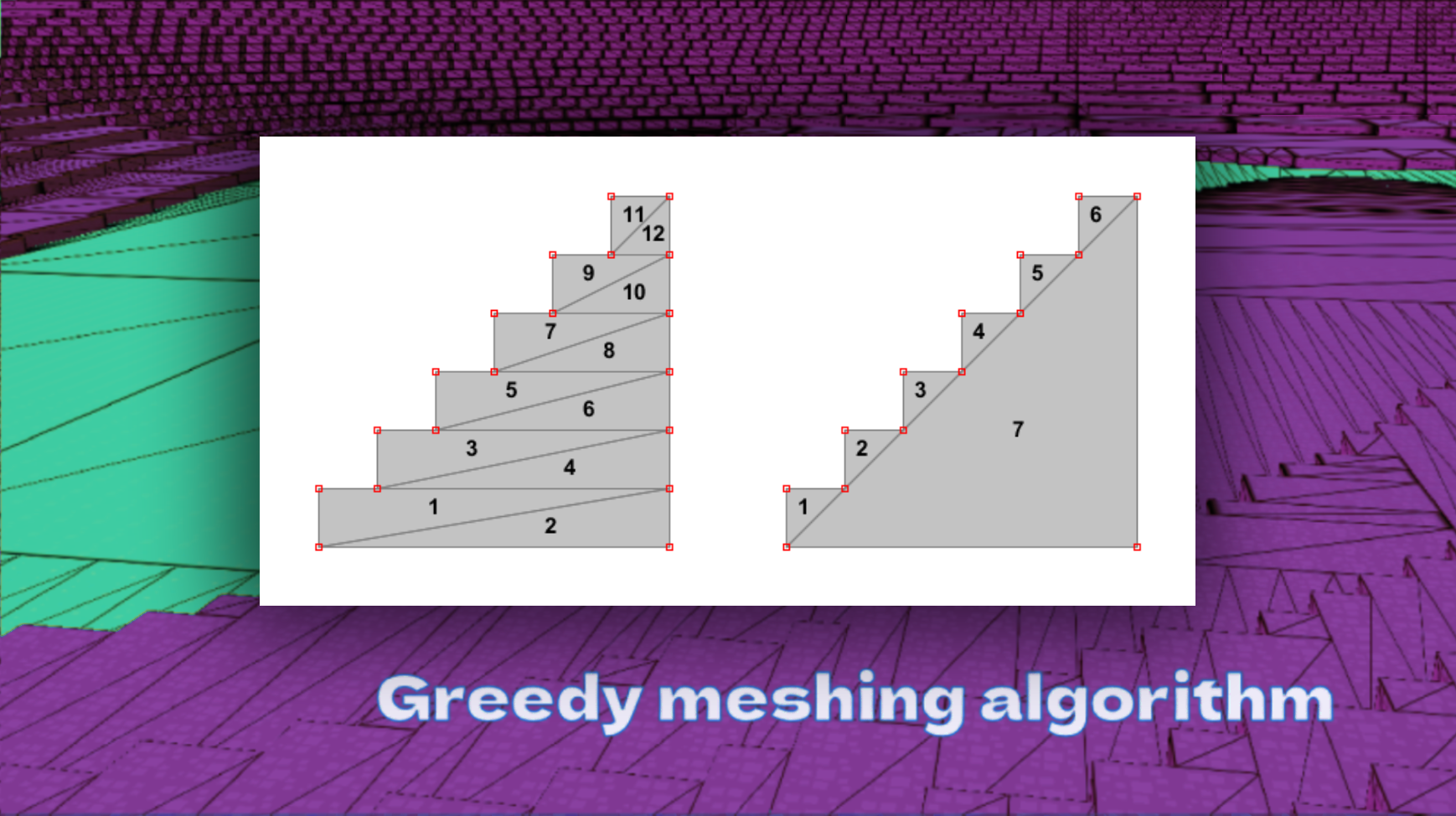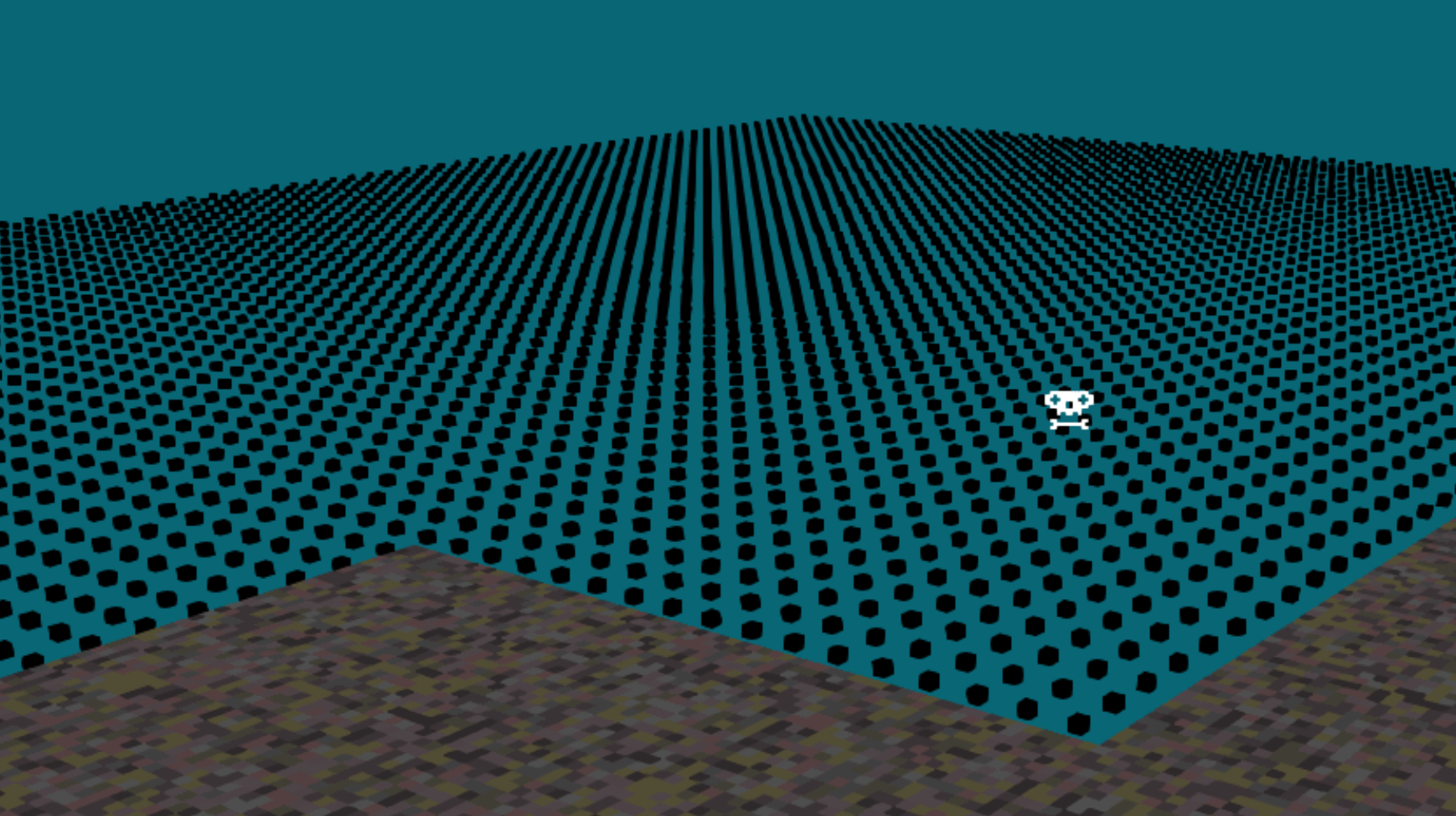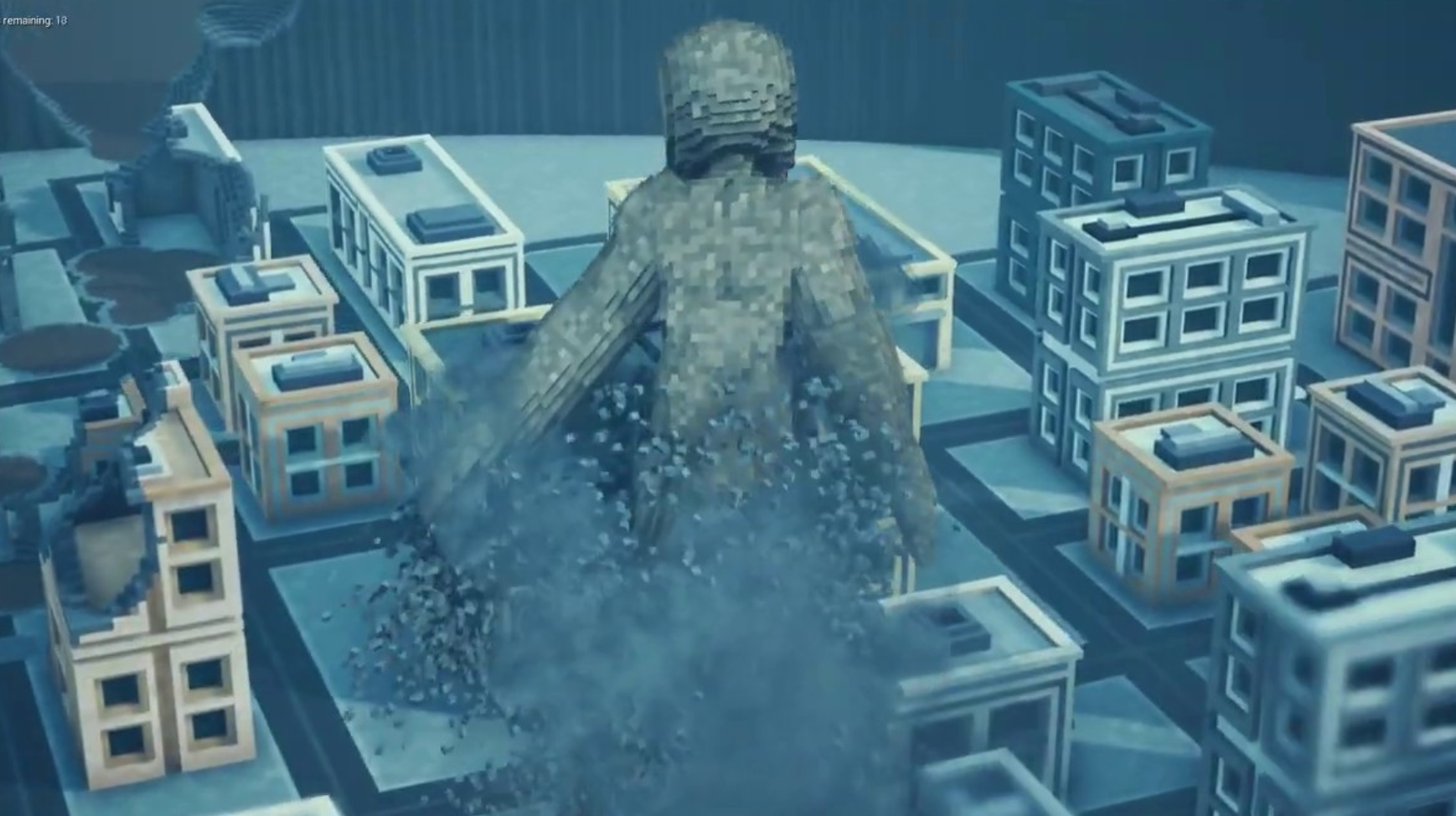Culling Voxels for Performance Optimization
In voxel engines, rendering every voxel in the world would be computationally expensive and inefficient. Various culling techniques help optimize performance by ensuring that only necessary voxels are rendered. Below is an overview of key culling techniques used to improve voxel engine performance.
Backface Culling
Backface culling is a fundamental technique used in voxel engines to improve rendering efficiency. It involves skipping the rendering of any voxel face that is not visible to the player, specifically the faces that are pointing away from the camera. In 3D environments, only the front-facing polygons of an object are visible, while the back-facing polygons are naturally hidden.
By eliminating these back-facing polygons, the engine can reduce the number of polygons it needs to send to the GPU, lowering the overall rendering cost. For example, in a cube-like voxel, up to three faces (half of the cube’s total faces) can be culled, significantly reducing the amount of data processed for each voxel.
Backface culling is particularly effective in dense voxel environments, where many voxels are grouped together. Since most of the voxel faces are occluded by neighboring voxels, the rendering engine can cull a large percentage of them, improving performance without affecting the visual quality of the game.
Frustum Culling
Frustum culling is a critical technique for reducing the number of voxels rendered based on the player’s current view. The viewing frustum is a pyramidal volume that defines the region of space visible through the player’s camera. Any voxels outside this volume are not visible to the player and can be excluded from the rendering process.
Frustum culling works by checking each chunk or group of voxels against the boundaries of the viewing frustum. If a chunk lies entirely outside of the frustum, it is ignored, and no resources are spent rendering its contents. This helps the engine focus on rendering only the visible portions of the world, greatly improving performance, especially in large, open-world voxel environments.
This technique is highly effective in open-world voxel games where large areas of the game world can be generated. By culling objects that are not within the camera’s view, the engine can reduce draw calls and memory usage, leading to faster rendering times and more consistent frame rates.
Occlusion Culling
Occlusion culling takes the concept of voxel culling a step further by not rendering objects that are hidden behind other objects. Unlike backface culling, which culls unseen faces of individual voxels, occlusion culling works at a larger scale by skipping entire objects, chunks, or groups of voxels that are blocked by closer objects.
For example, if the player is standing inside a building, occlusion culling will prevent the engine from rendering the voxels of mountains or trees outside the building since they are completely blocked by walls. This reduces the load on both the CPU and GPU, as fewer chunks need to be processed, improving overall performance.
Occlusion culling requires additional computational overhead to determine whether an object is fully blocked by others, but the performance gains outweigh the cost in most cases. Many voxel engines combine occlusion culling with frustum and backface culling for more efficient rendering, especially in environments with complex structures or heavy object overlap.
Distance-Based Culling
Distance-based culling optimizes voxel rendering by limiting the number of voxels drawn based on their distance from the player. Voxel engines often generate vast worlds with thousands of blocks, many of which are far from the player and do not need to be rendered in high detail. Distance culling allows the engine to ignore voxels or entire chunks that are beyond a specified distance from the camera.
This technique can be implemented by dividing the world into zones based on distance from the player. Closer zones are rendered in full detail, while distant zones are either culled entirely or rendered at a lower level of detail (LOD). By focusing computational resources on rendering nearby objects, the engine improves both performance and visual clarity in the areas that matter most.
Distance culling is particularly useful in voxel engines with large, procedurally generated worlds. By reducing the number of distant voxels rendered, the engine can handle more complex environments without sacrificing performance. It also allows the game to maintain high frame rates even as players move through expansive landscapes.
Chunk-Based Culling
Chunk-based culling is a voxel engine optimization that focuses on grouping voxels into larger chunks and culling those chunks based on various criteria. Instead of culling individual voxels, the engine works with chunks—larger blocks of voxels that represent sections of the world. This reduces the complexity of culling decisions and makes the rendering pipeline more efficient.
Chunk-based culling typically works in combination with other culling methods like frustum or occlusion culling. By dividing the world into manageable chunks, the engine can quickly determine whether an entire chunk is within the player’s view or occluded by another chunk. If an entire chunk is outside the camera’s frustum or hidden behind another object, the engine can skip rendering all the voxels within that chunk.
This method reduces CPU load and simplifies the culling process. It’s particularly effective in large voxel worlds where individual voxel-level culling would be too computationally expensive. Chunk-based culling allows the engine to render large, complex environments efficiently by working with larger units of data and ignoring irrelevant parts of the world.

 Donate
Donate

